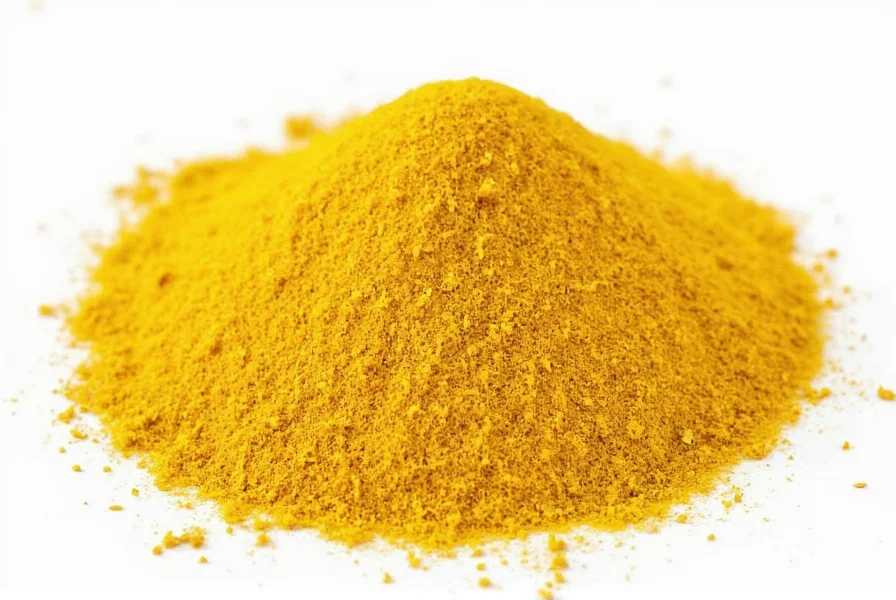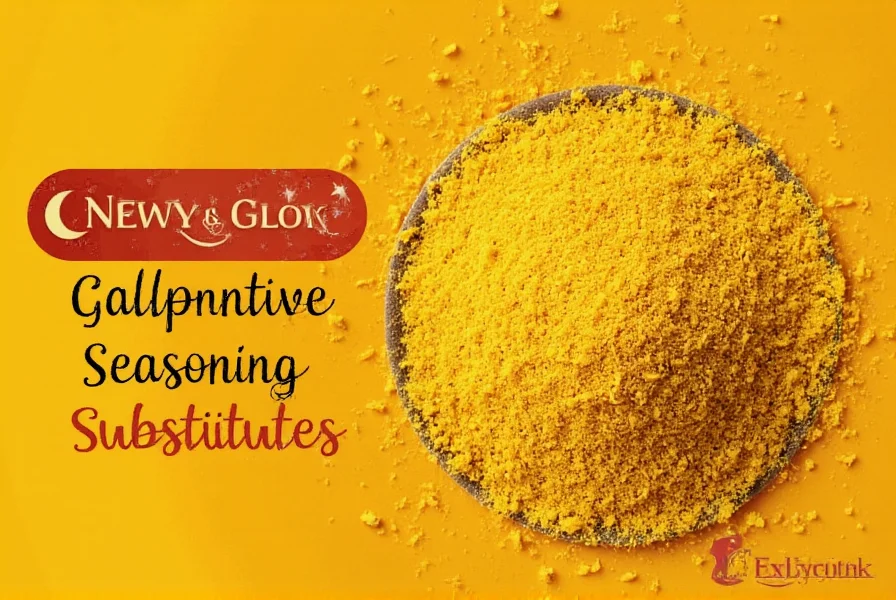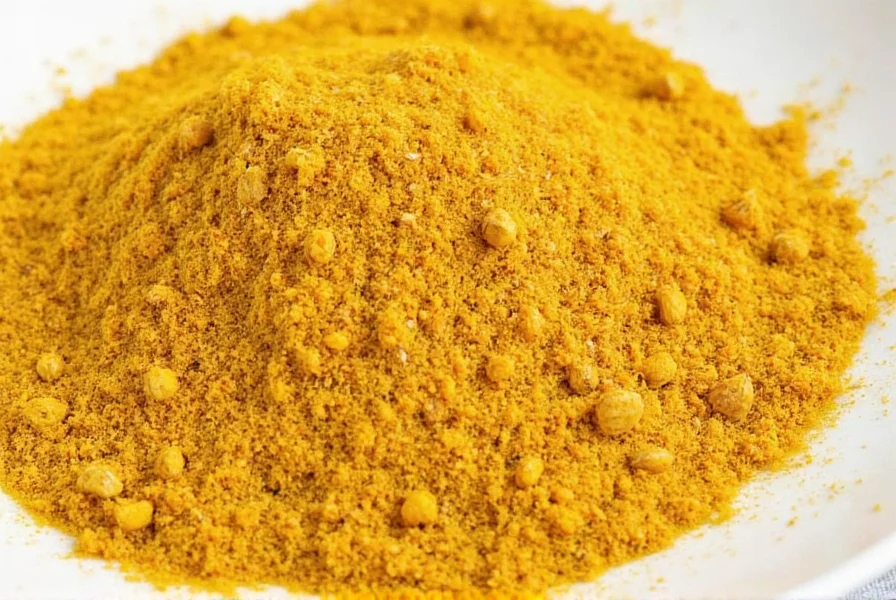When your recipe calls for saffron but your spice cabinet falls short, finding the right saffron seasoning substitute becomes essential. This precious spice commands high prices—often exceeding $500 per pound—making practical alternatives valuable for home cooks and professional chefs alike. Understanding which substitutes work best for specific culinary applications can save both time and money while maintaining dish integrity.
Why Saffron Substitutes Matter
Saffron's distinctive flavor profile combines floral, earthy, and slightly sweet notes with a powerful coloring ability. Its high cost stems from labor-intensive harvesting—each crocus flower yields just three stigmas, requiring approximately 75,000 flowers to produce a single pound of saffron. When seeking saffron seasoning alternatives, consider both flavor replacement and color contribution, as these represent saffron's two primary culinary functions.
Top Saffron Seasoning Substitutes Compared
Not all saffron alternatives perform equally across different dishes. The ideal saffron replacement depends on whether your recipe prioritizes color, flavor, or both. Consider these factors when selecting your saffron seasoning substitute:
| Substitute | Flavor Profile | Color Contribution | Cost Comparison | Best For |
|---|---|---|---|---|
| Turmeric | Earthy, slightly bitter | Bright yellow (stronger than saffron) | 1/100th the cost | Rice dishes, soups, golden milk |
| Safflower | Mild, slightly sweet | Yellow-orange (similar to saffron) | 1/50th the cost | Paella, bouillabaisse, baked goods |
| Paprika | Earthy, sweet to smoky | Red-orange (different spectrum) | 1/30th the cost | Stews, roasted meats, tomato-based dishes |
| Annatto | Peppery, slightly floral | Golden-orange (similar hue) | 1/40th the cost | Cheeses, rice dishes, Latin American cuisine |
How to Use Saffron Substitutes Effectively
Successful substitution requires understanding measurement conversions and timing. For turmeric as saffron substitute, use 1/4 teaspoon turmeric per pinch of saffron, but remember it lacks saffron's distinctive aroma. When using safflower as saffron replacement, steep 10-15 threads in warm liquid for 20 minutes to maximize color release—similar to saffron preparation.
For dishes requiring both color and flavor, try this professional chef technique: combine 1/8 teaspoon turmeric with a pinch of paprika and a few safflower threads. This triple saffron seasoning substitute mimics both the visual and flavor profile more closely than any single alternative.

Dish-Specific Substitution Guidance
Not all saffron substitutes work equally well across different cuisines. Understanding which alternative performs best for specific dishes prevents culinary disappointment:
- For paella: Safflower provides the closest color match while maintaining neutral flavor. Add during the rice cooking phase for optimal color distribution.
- For risotto: A combination of turmeric and a pinch of paprika delivers both color and complementary flavor notes.
- For baked goods: Saffron extract diluted in warm milk works better than dry substitutes for even distribution.
- For sauces and soups: Annatto seeds steeped in warm broth provide excellent color without overpowering delicate flavors.
Common Substitution Mistakes to Avoid
Many home cooks make critical errors when replacing saffron. Avoid these pitfalls:
- Using too much turmeric, which creates bitter flavors and overpowering yellow color
- Adding substitutes too late in cooking, preventing proper flavor integration
- Expecting identical results—each substitute brings its own flavor profile
- Ignoring the liquid medium—always steep substitutes in warm liquid before adding to dishes
For the most authentic results when using saffron alternatives, purchase high-quality spices from reputable sources. Freshness dramatically impacts performance, especially for substitutes like paprika and turmeric where stale versions develop bitter notes.

Creating Your Own Saffron-Flavored Oil
When seeking a longer-lasting saffron alternative, consider making saffron-infused oil. Combine 1/4 cup mild olive oil with 20 saffron threads in a sealed container. Let steep for 24 hours away from direct light. This homemade saffron oil substitute provides consistent color and flavor for multiple dishes while extending your saffron investment. Store in the refrigerator for up to three months.











 浙公网安备
33010002000092号
浙公网安备
33010002000092号 浙B2-20120091-4
浙B2-20120091-4